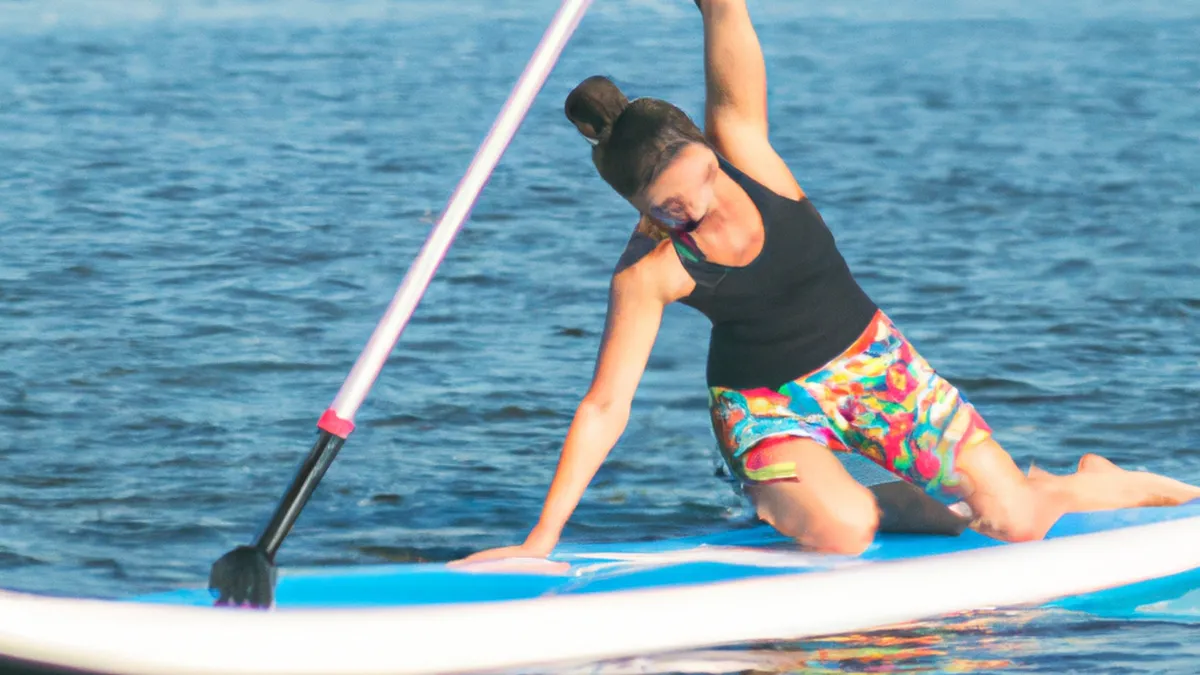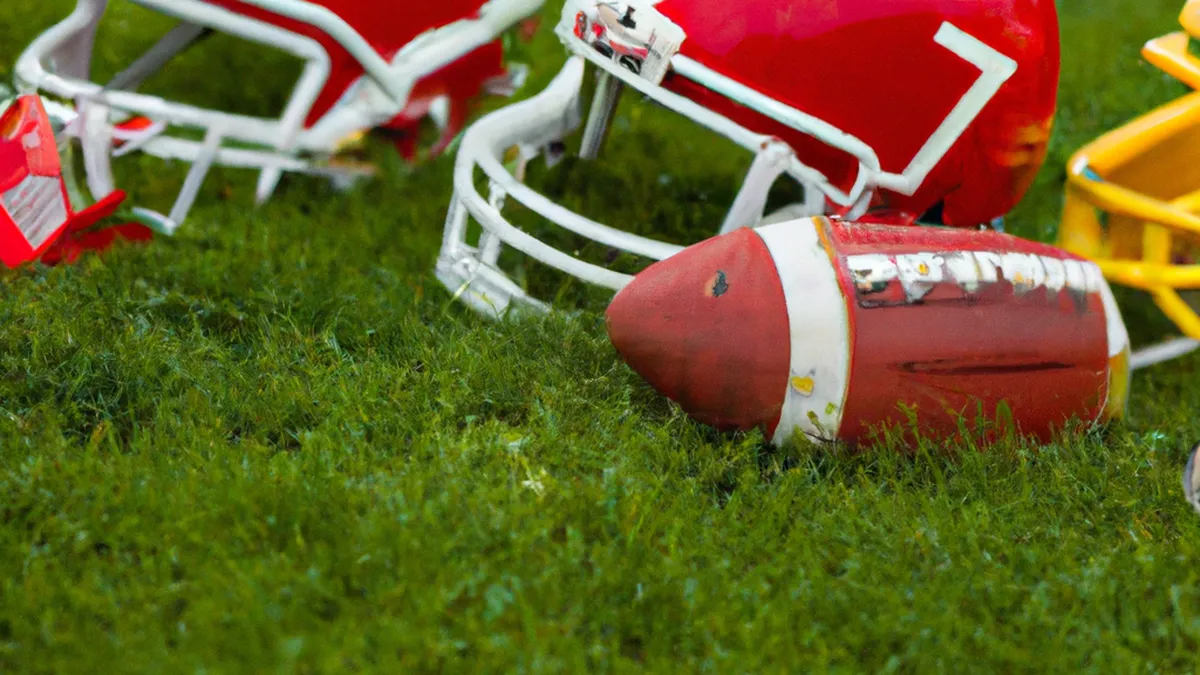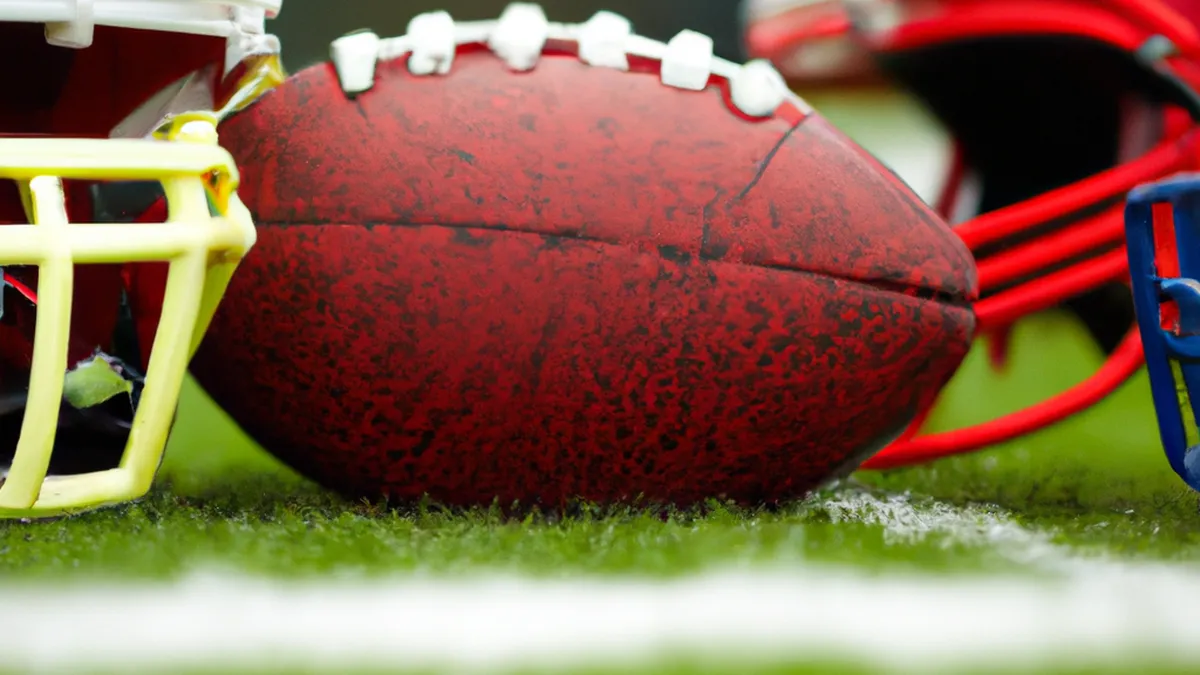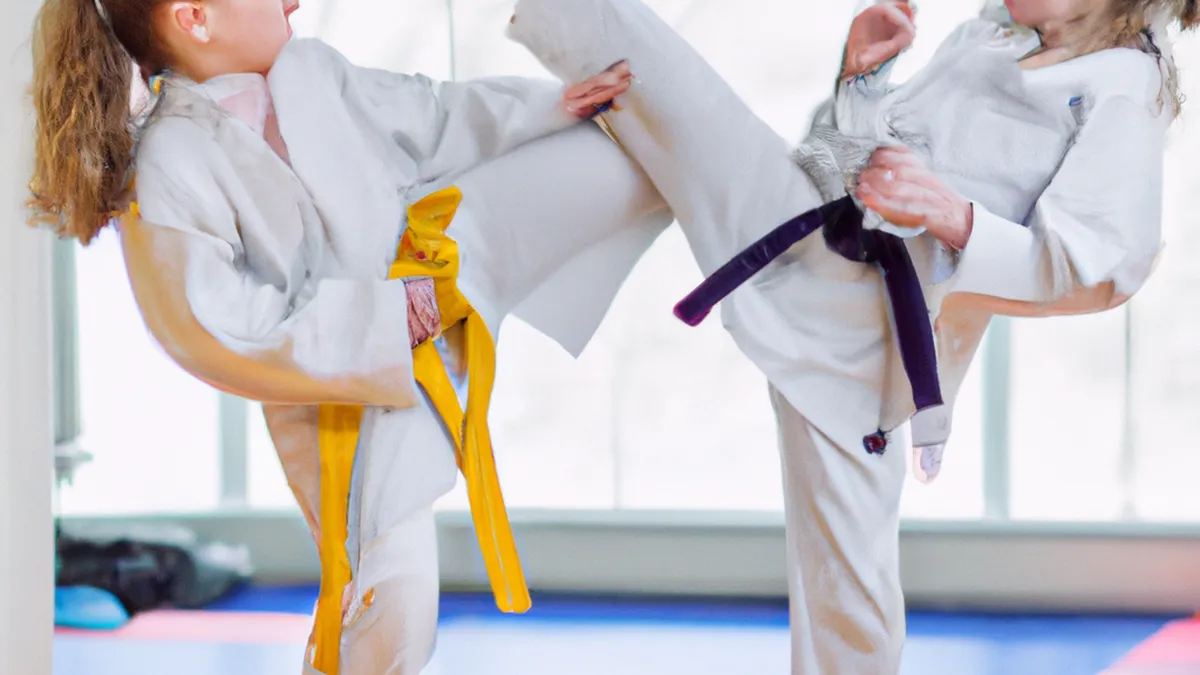Lengthen Your Reach with Stretching (Stand-Up Paddleboardi
Stretching Routines for PaddlersPaddling engages multiple muscle groups. It requires strength, flexibility, and endurance. Prepare your body for kayaking, canoeing, or stand-up paddleboarding. Effective stretching routines enhance performance and reduce injury risk. This blog post highlights the importance of stretching for paddlers and provides tailored routines.
Why Stretching Matters for Paddlers
Paddling involves your entire body, including your core, hips, and legs. Pulling the paddle repeatedly can tighten your muscles. Stretching prevents reduced efficiency and potential injuries. Here’s why stretching is vital for paddlers:1. **Improved Flexibility:** Paddling demands a wide range of motion in shoulders, back, and hips. Regular stretching boosts flexibility and smoothens paddle strokes.2. **Injury Prevention:** Tight muscles cause overuse injuries. Stretching maintains muscle elasticity and balance, lowering strain and sprain likelihood.3. **Enhanced Performance:** Flexible muscles improve paddling technique. Paddle longer distances with less fatigue for a more enjoyable water experience.4. **Muscle Recovery:** Stretching increases blood flow to muscles, aiding recovery. It reduces soreness after long sessions and prepares you for future workouts.5. **Mental Focus:** Stretching time allows relaxation and thought centering, enhancing mental clarity during paddling.
Essential Stretching Tips
As an Amazon Associate I earn from qualifying purchases.
Gear tip: consider stretching strap, yoga blocks, and mobility sliders to support this topic.
Prioritize dynamic stretches before hitting the water. Dynamic stretches warm up muscles and prepare them for activity. Incorporate these effective stretches into your pre-paddling routine:
1. Arm Swings
Start with arm swings to loosen shoulders. Stand tall with feet shoulder-width apart. Extend arms to the sides and swing gently forward and backward. Repeat for 30 seconds. This improves shoulder flexibility for powerful paddle strokes.
2. Torso Twists
Next, perform torso twists. Stand with feet shoulder-width apart and hands on hips. Gently rotate your torso left and then right, holding each position for five seconds. This enhances spinal flexibility and engages your core for better balance.
3. Leg Swings
Leg swings effectively loosen hips. Hold onto a stable surface for balance. Swing one leg forward and backward while maintaining a straight posture.
Conclusion
Incorporating stretching routines into your training improves performance and reduces injury risk. Prioritize these stretches for optimal paddling preparation.
Below are related products based on this post:
FAQ
Why is stretching important for paddlers?
Stretching is crucial for paddlers as it improves flexibility, enhances performance, and reduces the risk of injuries. Paddling engages multiple muscle groups, and regular stretching helps maintain muscle elasticity and balance, which is essential for efficient movements on the water.
What types of stretches should paddlers do before paddling?
Paddlers should prioritize dynamic stretches before hitting the water. Effective stretches include arm swings, torso twists, and leg swings, which prepare the muscles for activity and enhance flexibility, ultimately leading to better paddling performance.
How does stretching aid in muscle recovery for paddlers?
Stretching aids muscle recovery by increasing blood flow to the muscles, which helps reduce soreness after long paddling sessions. It also prepares the body for future workouts, allowing paddlers to maintain their training intensity without undue fatigue or injury.















Post Comment